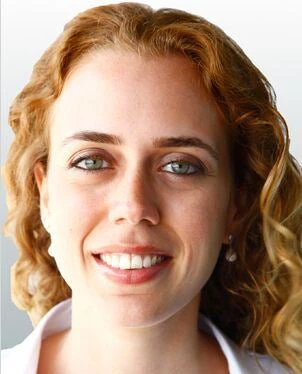
Urbanization and economic growth go hand in hand. Cities are turning into centers of attraction in developing countries and their population is rising constantly. In such cities, we often see in a city a mix of old and new, slow and fast: Street vendors hawking their wares by luxury shopping malls; highways segmentizing parks and walkways; high-rise crowding out traditional neighborhoods, etc. However, we do not often see a well-balanced mix that serves all urban dwellers with a wide array of needs, economically and socially.
What are the ingredients of a good urban life, or rather, what does it take for a city to make the public happy? The answer to this is multifaceted. Cities need to be accessible, vibrant, and create safe public spaces to meet public needs.
As UN-Habitat’s Charter of Public Space states, public spaces are a key element of individual and social well-being, the places of a community’s collective life, particularly in situations of poverty and limited public resources, such as those in the developing countries. The Charter also highlights that participation of citizens and in particular of communities of residents is of crucial importance for the maintenance and management of public spaces. While there might be no objection to this statement, it is also true that it has been easily overlooked, especially in developing countries, for the sake of “economic efficiency.”
So, how do we bridge the public needs with the design of a public space?
On November 28, 2017, a group of practitioners shared insights on this issue at a workshop – Enriching and Rejuvenating the City with Public Space, jointly organized by the World Bank’s Urbanscapes Group and Korean Research Institute of Human Settlements (KRIHS). One of the key lessons from this workshop was that understanding the public needs first is critical to make public spaces more accessible, vibrant, and safe to all.

Gehl Architects, an urban design consulting firm focusing on improving the quality of urban life by re-orienting city design, presented their work in designing the World Bank’s public space pilot in Dhaka, Bangladesh.
Gehl’s Public Life Diversity Toolkit, developed in 2015 eventually aims to capture dynamics around public spaces by combining public life and public space matrixes. An interesting feature of this toolkit is to measure how people use public spaces at different scales with different tools.
For instance, individual level data is collected by intercepting surveys at specific public spaces, while macro level data is collected by utilizing big data like Instagram uploads.
With this toolkit, Gehl Architects carried out field studies with local university students in Dhaka downtown this September as a first step of the project. Some initial findings include
- public spaces are often found not used as intended,
- the development on public space is often incremental and opportunistic, as opposed to strategically planned,
- and the low ratio of female presence in public spaces is evident in Dhaka.
When citizens requested a public library, the responsible municipality bought land units, and remodeled old residential buildings into a new library, while preserving its original urban structure. This project was evaluated as a highly successful instance that demonstrated harmony within an existing urbanscape and customized programs necessary for citizens.
In addition, a result of survey analyses at different types of public spaces in Seoul showed that public space users’ priorities and preferences vary depending on their purpose of visits. For instance, improving amenities is most important for users of public spaces in residential areas, while better accessibility is considered more critical for ones in commercial areas.
The shared insights which emerged from the workshop were further enriched through implementation experiences based on the World Bank’s several ongoing projects, which have actively sought public input through intensive consultations that better inform the project design.
Ningbo Sustainable Urbanization Project for instance, at its early stage of implementation, was prepared with people-centered design strategies at heart, with indicators that track the increased public space usage: pedestrian and bicycle flows and stationary activities, etc., towards a more vibrant and safer urban environment by improving the quality of public space.
The workshop is intended to be an entry point to showcase several works done in different parts of the world to assess public needs when it comes to designing sustainable urban spaces. More innovative approaches will need to be explored.What is your definition of an engaging public space? Does the one in your neighborhood meet your needs?
To learn more about the World Bank Urbanscapes Group, click here . Follow the group's activities on Twitter using #wb_urbanscapes .
Related:
- Blog post: The “human scale” in public urban areas
- Blog post: Transforming Urban Waterfronts
- Subscribe to our Sustainable Communities newsletter
- Follow us on Twitter (@WBG_Cities) and Flipboard





Join the Conversation